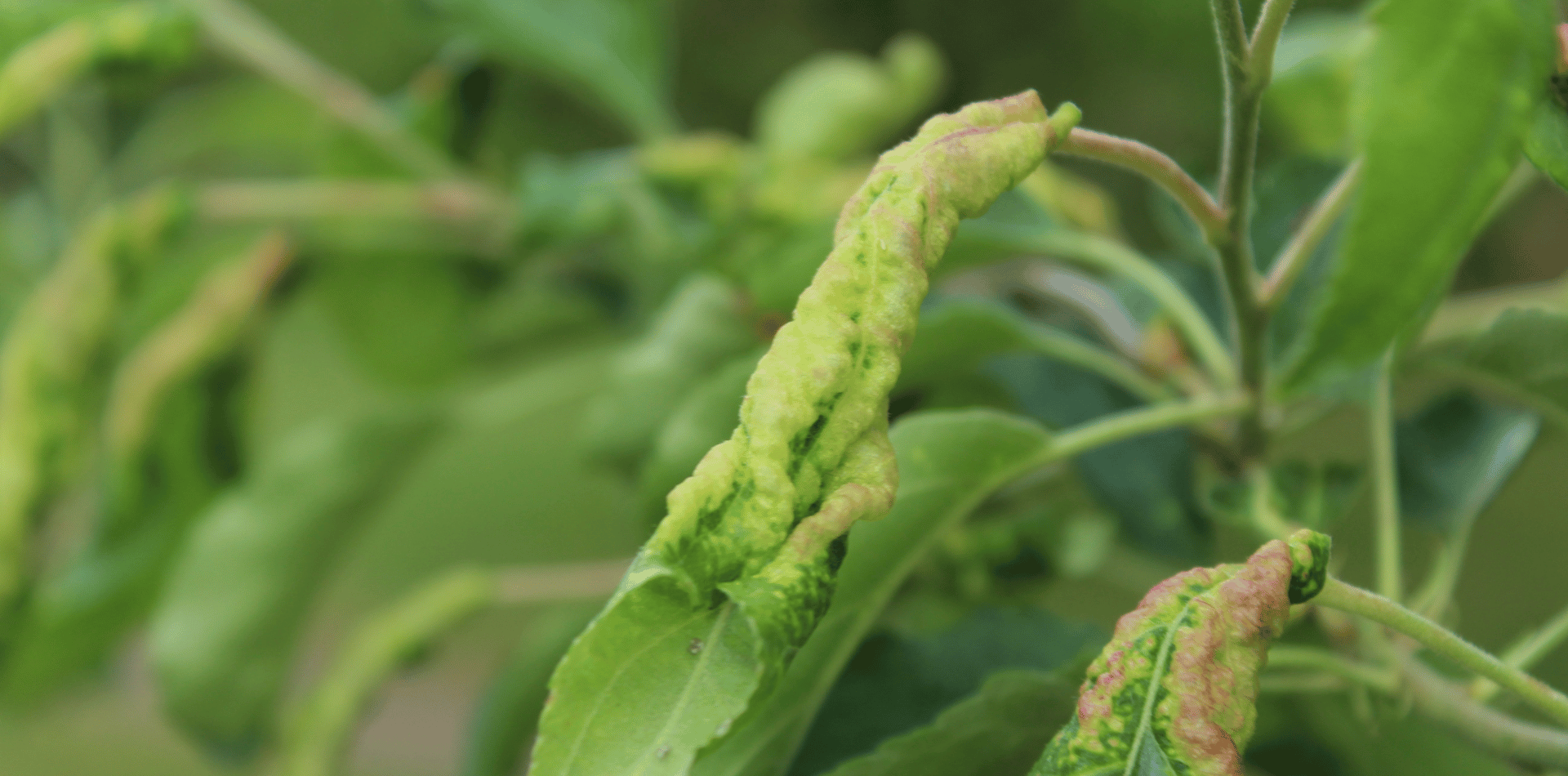10 Essential Things You Need To Know Before Hiring A Tree Removal Company!
10 Essential Things You Must Know Before Hiring An Arborist!

Safety First
Tree Removal or even just pruning trees, is dangerous work.
The topic of safety in tree removal and pruning is critical, not only for the individuals performing the work but also for property owners and the surrounding community.
Tree removal and pruning are tasks that require significant expertise, careful planning, and the right equipment to ensure they are done safely and efficiently. There are significant risks associated with tree removal and pruning, and the importance of using professional services should not be undestimated.
Tree removal can be dangerous if it is not done correctly. It involves working at heights, handling heavy equipment, and dealing with unstable branches and trunks. There is a risk of falls, cuts, bruises, and other injuries if proper safety precautions are not taken. It is always best to hire a professional tree removal service that has the experience and equipment to remove trees safely.
If you have poorly maintained trees on your property it can be dangerous and can put you at significant risk and considerable liability.
Do your research and ensure the tree removal company you are hiring is professional. To ensure the best result for your trees, and your family, it's important they understands the risks and are knowledgeable.
Risks of Tree Removal and Pruning
- Working at Heights: One of the most significant risks in tree removal and pruning is the necessity to work at considerable heights. Without proper training and safety equipment, there is a high risk of falls, which can lead to severe injuries or fatalities.
- Handling Heavy Equipment: The use of heavy machinery, such as chainsaws, wood chippers, and cranes, is common in tree removal. These tools require specific expertise to operate safely. Improper use can lead to cuts, amputations, and other severe injuries.
- Unstable Trees and Branches: Trees that require removal or pruning are often unstable due to disease, decay, or damage. Working on these trees can be unpredictable, as branches or trunks can fall unexpectedly, posing risks to the workers and nearby structures.
- Electrical Hazards: Trees located near power lines pose additional risks. Contact with power lines can result in electrocution, leading to serious injuries or death. Special precautions and coordination with utility companies are necessary when working near electrical infrastructure.
Importance of Professional Services
- Expertise and Experience: Professional tree removal services possess the necessary expertise and experience to assess the stability of a tree and determine the safest method for its removal or pruning. They can identify potential risks and take appropriate precautions.
- Proper Equipment: Professionals have access to the specialised equipment required for safe tree removal and pruning. This equipment is not only essential for the safety of the workers but also for minimising the risk of damage to surrounding property.
- Insurance: Reputable tree removal companies are insured, which protects property owners from liability in case of accidents or damages that may occur during the removal process.
- Compliance with Regulations: Professionals are knowledgeable about local regulations and permits required for tree removal, ensuring that the process is conducted legally and without potential fines or penalties for the property owner.
Tips for Property Owners
- Regular Tree Maintenance: Regular inspection and maintenance of trees can prevent the need for emergency removals, which are often riskier. Pruning and treating diseases early can keep trees healthy and stable.
- Hiring Reputable Professionals: When tree removal or pruning is necessary, it's crucial to hire a reputable service. Look for companies with certifications from recognised arboriculture associations, positive reviews, and proper insurance.
- Avoiding DIY: While it might be tempting to attempt tree work independently to save money, the risks involved far outweigh the potential savings. The lack of proper equipment, experience, and safety measures can lead to accidents.
- Emergency Preparedness: Have a plan in place for dealing with fallen trees or branches due to storms or other emergencies. Knowing whom to call and how to temporarily secure the area can mitigate risks to safety and property.
While tree removal and pruning are essential aspects of property maintenance, they come with inherent risks that must be carefully managed. By understanding these risks and the importance of engaging professional services, you can ensure that tree work is done safely, efficiently, and with minimal risk to people and property.
The Right Process By The Right People
The phrase "The right process by the right people" encapsulates the critical importance of engaging qualified professionals, particularly arborists, for tree care and management.
Arborists, often referred to as tree surgeons, are professionals trained in the art and science of planting, caring for, and maintaining trees. Hiring a qualified arborist ensures that tree work is conducted efficiently, safely, and in accordance with the highest standards of practice.
When you engage the services of a qualified arborist you will ensure you are getting an experienced professional who will complete the job properly and efficiently.
You can be assured all of the staff at Kaptol Tree Services are professionals who hold the correct and current qualifications and licenses.
You will get the job done right and save money in the long run.
Benefits of Hiring Qualified Arborists
- Expertise and Knowledge: Qualified arborists have extensive knowledge about various species of trees and their specific care requirements. They are trained to understand the physiological and structural needs of trees, enabling them to provide care that supports healthy growth and longevity.
- Proper Tree Care: From pruning to pest and disease management, qualified arborists know how to perform necessary tree care procedures correctly. Proper pruning techniques, for example, are essential for the health of the tree and the safety of its surroundings. Incorrect pruning can lead to tree damage, disease, or even tree death.
- Safety: Tree work, especially when it involves climbing or the removal of large trees, is hazardous. Qualified arborists are trained in safety protocols to minimise the risk of injury to themselves and others. They also know how to safely use specialised equipment to prevent property damage.
- Preservation and Aesthetics: Arborists can advise on preserving a tree's health and aesthetics, contributing to the overall appeal and value of a property. They can recommend treatments to prolong the life of trees and techniques to enhance the landscape's beauty.
- Risk Management: Qualified arborists can assess and manage risks associated with trees. They can identify potentially hazardous conditions and recommend measures to mitigate risks, such as strategic pruning or tree removal.
Risks of Inadequate Tree Care
- Property Damage: Improper tree care practices can lead to tree failure, where limbs or the entire tree falls, potentially causing significant damage to structures, vehicles, and other property.
- Personal Injury: The risk of injury is high in tree work, both for the person performing the task and for bystanders. The use of chainsaws, climbing at heights, and handling heavy branches requires precise skill and safety measures.
- Legal and Financial Liability: Property owners may be held liable for damages or injuries resulting from improper tree care or neglect. This can lead to costly legal and financial consequences.
- Environmental Impact: Inadequate tree care can negatively impact the local ecosystem. Trees contribute to air and water quality, provide habitat for wildlife, and offer shade and cooling. Poorly maintained trees can diminish these benefits.
Tips for Selecting the Right Professional
- Certification: Look for arborists certified by recognised organisations such as the International Society of Arboriculture (ISA). Certification is a sign of knowledge, expertise, and commitment to professional standards.
- Insurance: Ensure the arborist or tree care company has liability insurance and workers' compensation insurance to protect against potential accidents or damage.
- References and Reviews: Check references and online reviews to gauge past clients' satisfaction with the arborist's work.
- Estimates and Contracts: Obtain detailed estimates for the work to be done and ensure all agreements are put in writing. This helps prevent misunderstandings and provides recourse in case of disputes.
- Professional Affiliations: Membership in professional organisations indicates an arborist's dedication to staying current with the latest practices and technologies in tree care.
Engaging the services of a qualified arborist is an investment in the health and safety of your trees and property. It ensures that tree care is conducted with the highest standards of expertise, safety, and environmental stewardship. By choosing the right professional, property owners can enjoy the aesthetic, environmental, and financial benefits of well-maintained trees.
Local Knowledge
Local knowledge is an indispensable asset for arborists, significantly enhancing their ability to provide effective and efficient tree care services. The emphasis on having dedicated professional arborists who are locals underscores the value of intimate familiarity with the specific ecological, climatic, and environmental conditions of a region.
This is why local knowledge is so crucial for arborists.
Understanding Local Tree Species
Local arborists have a deep understanding of the tree species native to their area, including their growth habits, common diseases, and pests that affect them.
This knowledge is vital for several reasons:
- Customised Care: Different species have unique requirements for optimal growth and health. Local arborists can tailor their care strategies to meet these specific needs, whether it's the right pruning techniques or the most effective treatment for diseases and pests.
- Disease and Pest Management: Being familiar with common local diseases and pests allows arborists to quickly diagnose problems and implement effective management strategies, preventing potential outbreaks and minimising damage to trees and surrounding ecosystems.
Adapting to Local Climate and Soil Conditions
Climate and soil conditions vary greatly from one region to another and have a significant impact on tree health and stability. Local arborists understand these conditions well and know how to adapt their care approaches accordingly:
- Climate Resilience: They can recommend tree species that are well-suited to the local climate, enhancing the resilience of the urban forest to weather extremes, such as droughts, heavy rains, or frost.
- Soil Health: Arborists familiar with the local soil types can provide specific advice on soil amendments, irrigation, and drainage solutions to promote healthy root growth and overall tree vigor.
Safeguarding the Local Ecosystem
Local arborists are keenly aware of the role trees play in their specific ecological context. They work not only to maintain individual tree health but also to ensure the sustainability of the broader ecosystem:
- Biodiversity Conservation: By promoting the health of native trees and planting indigenous species, local arborists help preserve and enhance biodiversity, supporting a variety of wildlife habitats.
- Invasive Species Management: They play a critical role in identifying and managing invasive tree species that threaten local ecosystems, preventing their spread and mitigating their impact.
Community Engagement and Education
Arborists who are part of the community they serve are better positioned to engage with local residents, fostering a greater appreciation for trees and an understanding of their value:
- Public Education: They can provide tailored advice to homeowners and local organizations on tree care, encouraging practices that support tree health and safety.
- Collaboration on Green Initiatives: Local arborists often collaborate with city planners, schools, and community groups on tree planting and urban forestry projects, leveraging their expertise to enhance public spaces and contribute to the community's well-being.
Emergency Response and Risk Management
Familiarity with the local area improves an arborist's ability to respond to emergencies, such as storm damage or hazardous tree situations:
- Quick Response: Being local allows arborists to respond more quickly to emergencies, reducing the risk of injury or property damage.
- Risk Assessment: Their understanding of local conditions and tree species enables them to more accurately assess risks and recommend preventive measures to safeguard people and property.
The importance of local knowledge for an arborist cannot be overstated. It enriches the arborist's ability to provide specialised care, contributes to the preservation of local ecosystems, enhances community engagement, and ensures a swift and informed response to tree-related emergencies. By leveraging their deep understanding of the local environment, dedicated professional arborists play a vital role in maintaining and enhancing the health and beauty of urban and natural landscapes.
Arborists Must Be Certified
The certification of arborists is a crucial step in ensuring that the individuals working on your property have a comprehensive understanding and expertise in the science of tree care. This certification serves as a validation of their knowledge, skills, and professional commitment to the care of trees. It underscores the importance of not just practical experience but also a deep theoretical understanding of arboriculture. The process of becoming a certified arborist and the benefits it brings to both the professional and the community they serve is essential. Certification programs for arborists are typically offered by professional organisations such as the International Society of Arboriculture (ISA). The ISA offers the Certified Arborist credential to individuals who meet certain standards of knowledge and experience in the field of arboriculture. To qualify for the Certified Arborist exam, you must have a combination of education and experience in the field, as well as pass a written exam. Certification can help demonstrate a level of professionalism and knowledge in the field, and may be required by certain employers or for certain job tasks.
Importance of Arborist Certification
- Standardisation of Knowledge and Practices: Certification ensures that arborists have met a standardised level of knowledge and adhere to best practices in tree care. It provides a benchmark for their skills, ensuring they are up-to-date with the latest techniques and research in arboriculture.
- Safety: Certified arborists are trained in safety protocols to protect themselves, the public, and property while performing tree work. Their expertise minimises the risk of accidents and injuries associated with tree pruning, removal, and other maintenance tasks.
- Ethical and Legal Compliance: Certification often includes training on local, state, and federal regulations governing tree care. Certified arborists are more likely to be aware of and comply with these regulations, reducing the risk of legal issues for property owners.
- Health of Trees: Certified arborists understand the biology and physiology of trees, enabling them to make informed decisions that promote the health and longevity of trees. They can diagnose diseases and pest infestations accurately and recommend appropriate treatment options.
Process of Becoming a Certified Arborist
- Education: A fundamental requirement for certification is a solid educational foundation in arboriculture or a related field. This may include a degree from an accredited college or university, though specific educational requirements can vary depending on the certifying body.
- Experience: Hands-on experience is crucial for understanding the practical aspects of tree care. Many certification programs require candidates to have several years of professional experience working in arboriculture.
- Examination: To become certified, candidates must pass a comprehensive exam that covers a wide range of topics, including tree biology, diagnosis and treatment of conditions, tree selection, planting, pruning, soil management, and safety practices.
- Continuing Education: To maintain certification, arborists must engage in continuing education to stay current with advancements in arboriculture. This ensures that they remain knowledgeable about the latest research, techniques, and technologies in tree care.
Benefits of Hiring a Certified Arborist
- Quality of Work: Certified arborists are more likely to perform work to the highest standards, ensuring that tree care activities promote tree health and safety.
- Advice and Consultation: They can provide valuable advice on tree care, maintenance, and protection strategies, helping property owners make informed decisions about their trees.
- Environmental Stewardship: Certified arborists play a critical role in environmental conservation, promoting practices that enhance the urban canopy and contribute to biodiversity.
- Peace of Mind: Knowing that a certified professional is caring for your trees provides peace of mind that the work is done safely, effectively, and ethically.
The certification of arborists is a testament to their expertise, professionalism, and dedication to the health of trees and the environment. It assures you, as a property owner, that the people working on their trees are qualified, knowledgeable, and committed to providing the highest quality of care.
Hiring a certified arborist is an investment in the well-being of your trees, your property's value, and the broader environment.
Industry Regulated
The arboriculture industry, like many specialised fields, is regulated to ensure that professionals meet certain standards of knowledge, skill, and ethical practice.
This regulation is crucial for maintaining the health and safety of trees, as well as protecting property owners from potential harm or financial loss. Despite these regulations, the industry faces challenges with unqualified individuals and companies misleadingly claiming to be 'tree experts' or certified arborists. These entities often lack the proper training, certification, and understanding of tree biology and care, posing risks to both trees and their owners.
Let's look at the importance of industry regulation, the risks posed by unqualified operators, and how to identify and select reputable arborists.
There is an abundance of unqualified people and companies claiming to be 'tree experts'.
Newcastle has seen these companies knocking door to door claiming to be certified Arborists.
Don't get caught hiring 'dodgy' operators.
Importance of Industry Regulation
- Maintains High Standards: Industry regulation ensures that practicing arborists meet established standards of education, experience, and professionalism. This includes adherence to safety protocols and ethical guidelines.
- Protects Consumers: Regulation helps protect property owners from fraudulent or incompetent service providers. By requiring arborists to be certified, the industry aims to minimise the risks of property damage, poor workmanship, and unethical practices.
- Promotes Continued Education: Many regulatory bodies require certified arborists to participate in ongoing education to maintain their certification. This requirement ensures that arborists stay current with the latest research, techniques, and technologies in tree care.
Risks Posed by Unqualified Operators
- Improper Tree Care: Unqualified people may lack the necessary knowledge to properly diagnose and treat tree health issues, potentially leading to incorrect or harmful interventions that can damage or kill trees.
- Safety Hazards: Without the proper training and equipment, unqualified operators pose significant safety risks to themselves, bystanders, and property. Incorrectly performed tree work can lead to accidents, injuries, and liability issues for homeowners.
- Financial Loss: Hiring unqualified operators can result in financial loss due to poor-quality work that may require correction by a professional. In some cases, improper care can lead to the loss of valuable trees, further increasing costs.
Identifying and Selecting Reputable Arborists
- Check for Certification: Always verify an arborist's certification with recognized organisations such as the International Society of Arboriculture (ISA). Certified arborists are required to pass exams and adhere to professional standards.
- Ask for References and Reviews: Reputable arborists should be able to provide references from previous clients. Additionally, look for online reviews and testimonials to gauge the quality of their work and customer satisfaction.
- Request Proof of Insurance: Ensure that the arborist or tree care company has appropriate liability and workers' compensation insurance. This protects you from liability in the event of accidents or damages.
- Seek Multiple Estimates: Obtaining estimates from several companies can provide insights into the range of services and costs, helping you make an informed decision. However, be wary of estimates that seem unusually low, as they may reflect a lack of experience or shortcuts in service.
- Avoid Door-to-Door Contractors: Be cautious of tree service providers who solicit door-to-door. While some legitimate companies may use this approach, it is often a tactic employed by less reputable operators.
By understanding the importance of industry regulation and the risks posed by unqualified operators, property owners can take proactive steps to ensure that they hire knowledgeable, skilled, and ethical professionals for their tree care needs. Doing so not only protects their trees and property but also contributes to the overall health and safety of the urban forest.
Correct Approvals
In most cases tree removal will require Council approval.
Understanding and navigating the correct approval process for tree removal is essential for property owners to ensure compliance with local regulations and to avoid potential fines or legal issues. In many areas, removing trees, especially those of a certain size, species, or located in specific areas, requires prior approval from the local council or city authority. This process is designed to protect the urban canopy, preserve local biodiversity, and manage the environmental impact of tree removal.
There are a few key aspects of the approval process, including when approval is needed, how to apply for it, and the importance of compliance.
To avoid costly mistakes or fines, it is essential to follow the correct procedures and reporting.
At Kaptol Tree Services, we can handle all of the process and you will have peace of mind.
When is Council Approval Required?
- Protected Species: Certain tree species may be protected due to their rarity, historical significance, or ecological value. Removing these trees usually requires specific justification and permission.
- Size and Location: Trees exceeding a certain size or located in sensitive areas, such as near waterways or in conservation zones, often require approval before removal.
- Heritage and Conservation Areas: Trees within heritage-listed properties or conservation areas are typically subject to stricter regulations, and removing them without approval can result in significant penalties.
Steps to Obtain Approval
- Initial Assessment: Determine if the tree in question falls under any of the categories that would require council approval for removal. This may involve consulting with a certified arborist or the local council directly.
- Application Submission: If approval is needed, the next step is to submit an application to the local council. This application usually requires details about the tree (species, size, location) and the reasons for its removal. Supporting documents, such as an arborist's report, may also be required.
- Arborist's Report: A report from a certified arborist can significantly support your application. This report should assess the tree's health, potential risks it poses, and any other factors that justify its removal.
- Public Notification: In some cases, the council may require public notification of your intent to remove the tree, allowing neighbours or community members to raise concerns or objections.
- Approval Process: The council will review the application, which may involve a site inspection by a council arborist. The approval process can take several weeks or months, depending on the council's policies and the complexity of the case.
- Compliance with Conditions: If approval is granted, it's essential to comply with any conditions set by the council, which may include planting replacement trees or specific methods of removal to minimize impact.
Importance of Compliance
- Avoiding Penalties: Non-compliance with local regulations can result in fines, legal action, and the requirement to undertake remedial actions, such as planting new trees.
- Environmental Responsibility: Following the correct approval process helps protect the environment, preserving local green spaces and biodiversity.
- Community Relations: Compliance demonstrates respect for community standards and contributes to the well-being of the neighbourhood.
- Property Value: Maintaining a legal and sustainable approach to tree management can enhance property value and appeal.
The approval process for tree removal is a critical aspect of urban tree management, designed to balance property owners' needs with environmental conservation and community values. By understanding and following the correct procedures, property owners can ensure that their actions are legally compliant, environmentally responsible, and respectful of their community's values. En
gaging a certified arborist and maintaining open communication with the local council are key steps in navigating this process effectively.
The Right Price
The cost of tree removal is a significant consideration for property owners needing this service.
Given the inherent risks and the specialised skills required for safe and effective tree removal, it's essential to understand that a low price might not always equate to a good value.
Indeed, the adage "you get what you pay for" is particularly relevant in the context of tree services.
Here's some of the main factors that influence the cost of tree removal and why opting for the lowest quote might not be in your best interest.
Factors Influencing Tree Removal Cost
- Size of the Tree: The height and diameter of the tree are among the primary factors affecting cost. Larger trees require more time, labour, and equipment to remove safely, thereby increasing the price.
- Location and Accessibility: Trees located near buildings, power lines, or other structures pose additional risks and complexities, often requiring specialised equipment or techniques to remove without causing damage. Trees that are difficult to access may also increase the cost due to the extra labour required to remove the tree safely.
- Condition of the Tree: The health and stability of the tree can impact the removal process. Trees that are diseased, decayed, or dead may pose additional risks, requiring more careful planning and execution to remove safely.
- Equipment and Crew Required: The cost can vary depending on the type and amount of equipment needed (such as cranes or specialised saws) and the size of the crew required to perform the job safely and efficiently.
- Disposal: The cost of disposing of the tree material can also vary. Some tree removal services include the cost of chipping, hauling away the tree material, and cleaning up, while others may charge extra for these services.
The Risk of Opting for Cheap Tree Removal Services
- Compromised Safety: Companies offering significantly lower prices may cut corners on safety equipment and protocols, increasing the risk of accidents and injuries.
- Inadequate Insurance: Cheaper services may not carry adequate liability or workers' compensation insurance, potentially leaving the property owner liable for damages or injuries that occur during the removal process.
- Poor Quality Work: Low-cost providers may lack the expertise and proper equipment to remove the tree safely and efficiently, resulting in subpar work that could endanger your property and the tree's surroundings.
- Hidden Costs: Some low quotes may not cover all aspects of the job, such as stump removal or cleanup, leading to unexpected additional costs.
Choosing the Right Tree Removal Service
- Get Multiple Estimates: It's wise to obtain estimates from several reputable services to compare costs and understand what's included in each quote.
- Verify Credentials and Insurance: Ensure that any service you consider is fully insured and employs certified arborists with the training and experience to perform the work safely.
- Check References and Reviews: Look for feedback from previous customers to gauge the company's reputation and the quality of their work.
- Consider the Full Value: The best choice may not be the cheapest. Consider the professionalism, safety measures, insurance coverage, and the services included in the price.
While the cost is an important factor when considering tree removal, it's crucial not to compromise on safety, quality, and professionalism for the sake of a lower price. Investing in a reputable, experienced tree removal service ensures that the job will be done safely and effectively, protecting your property, your family, and yourself from potential harm.


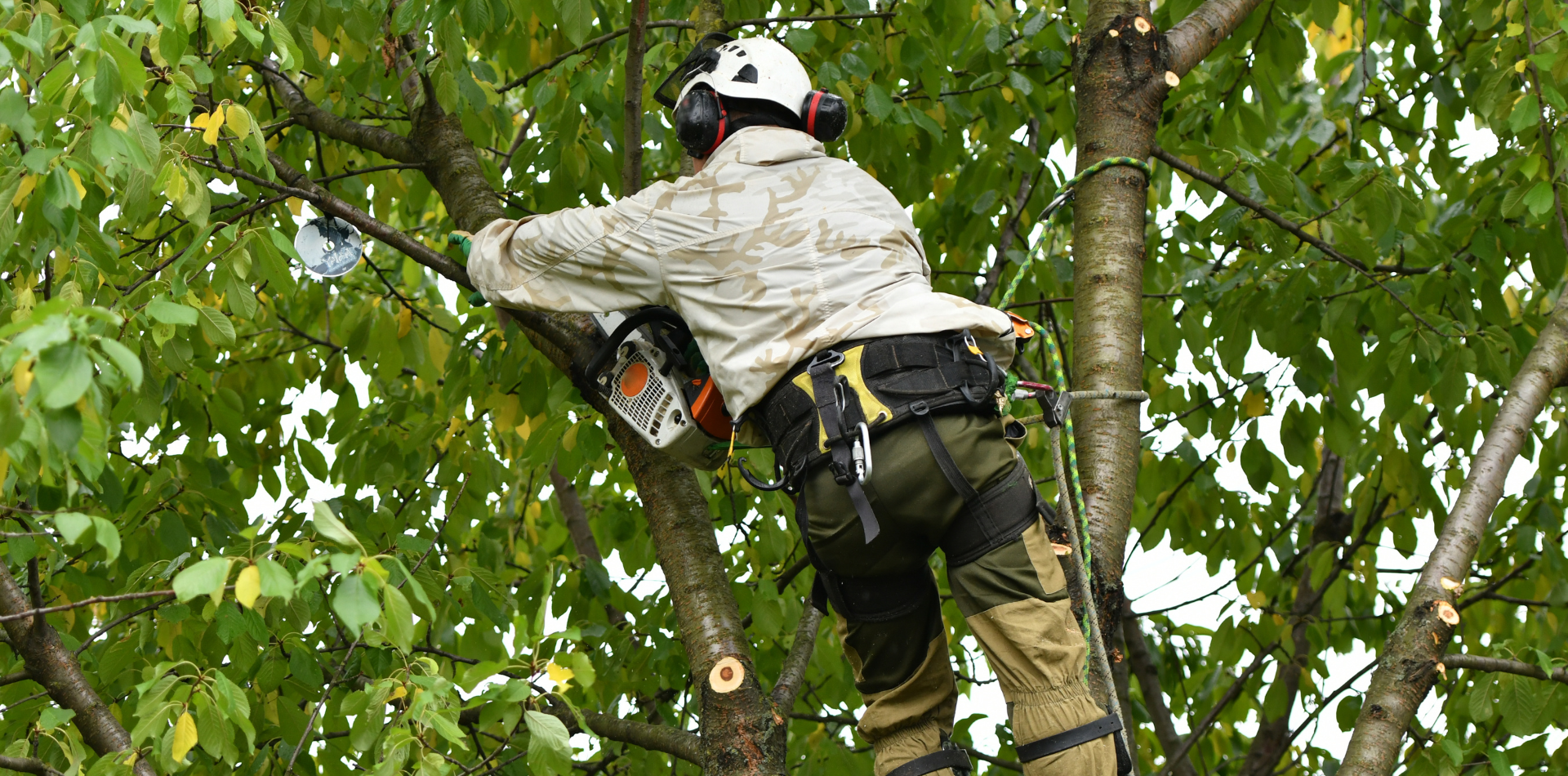
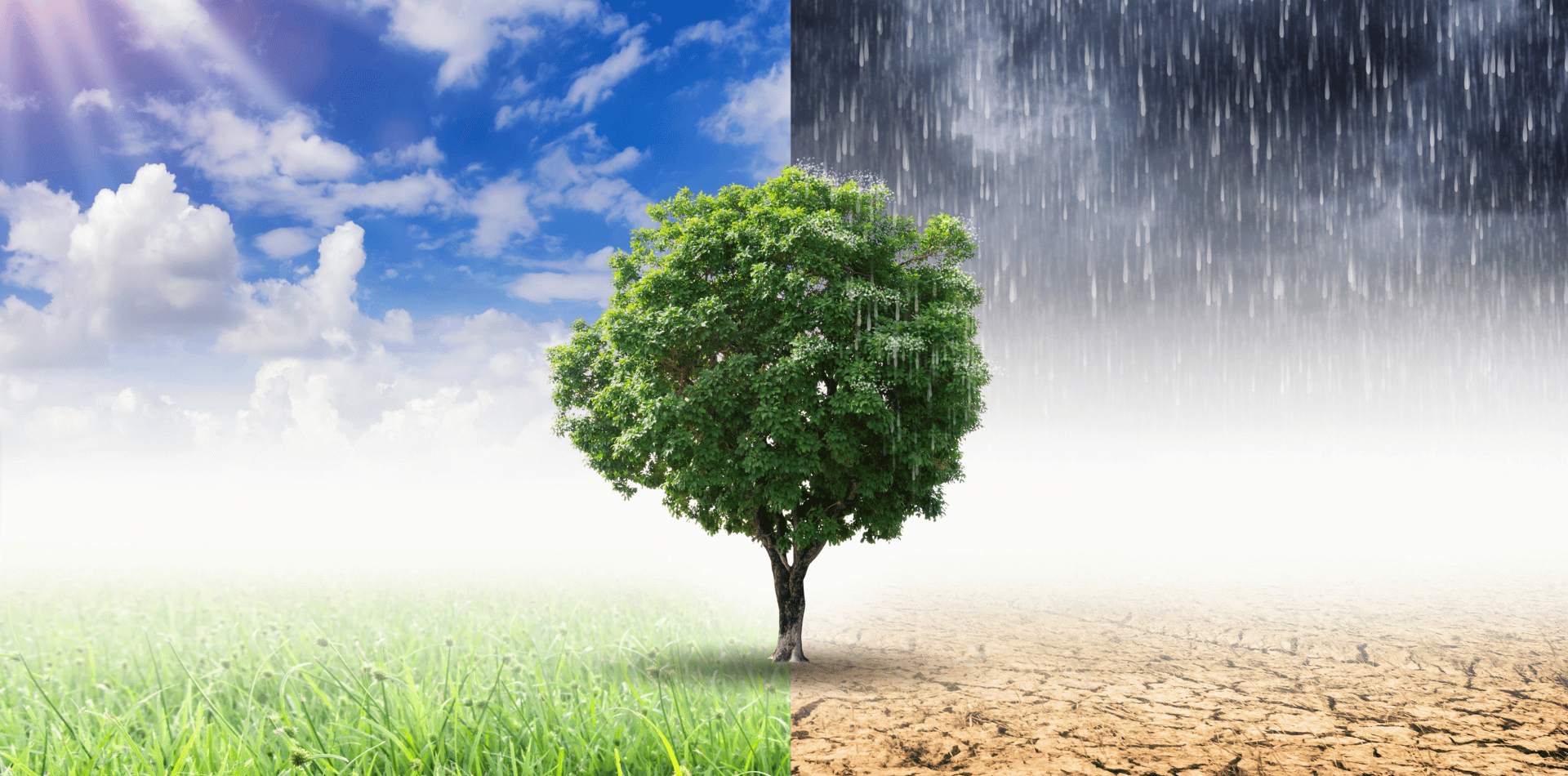
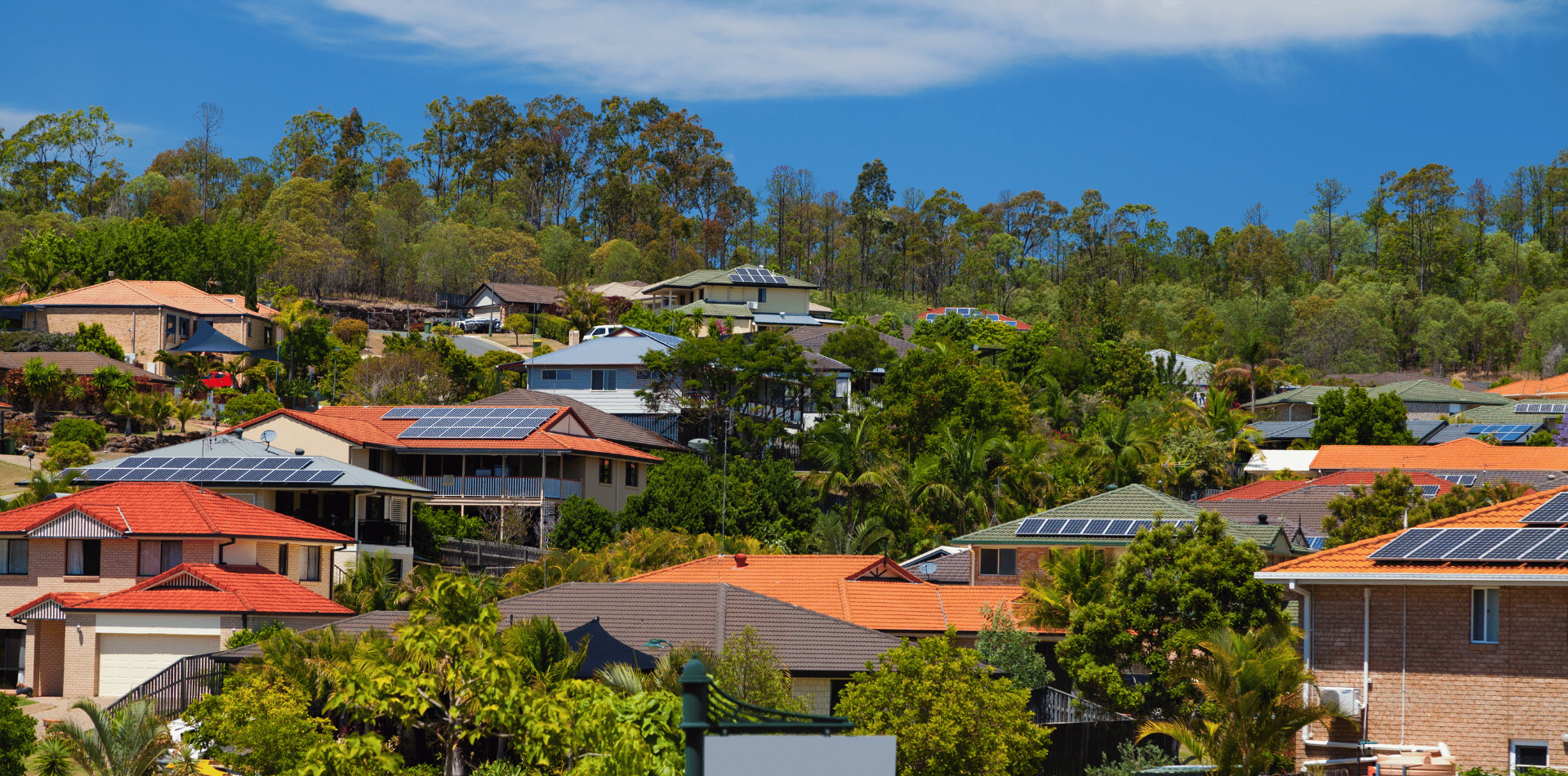
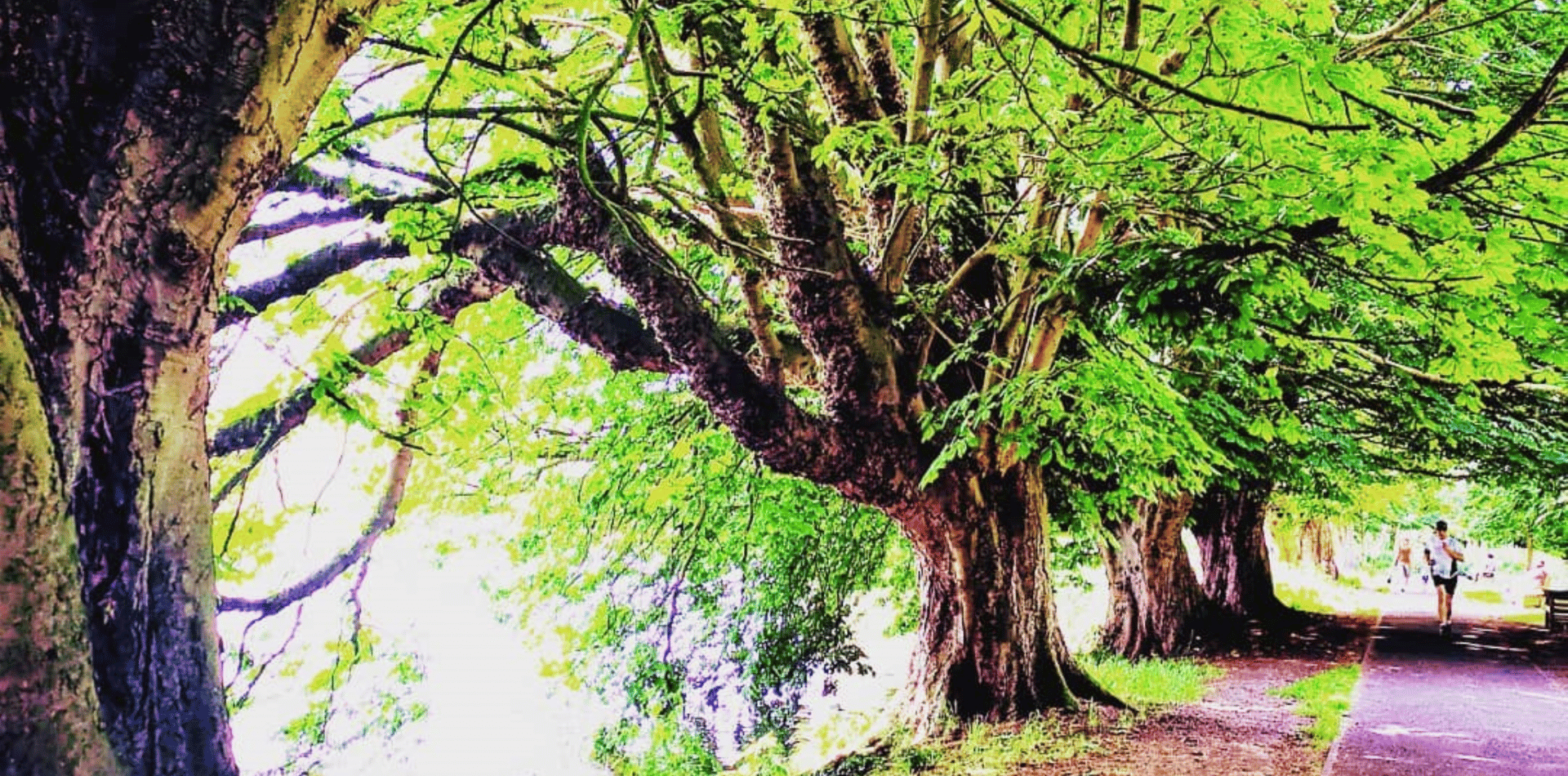
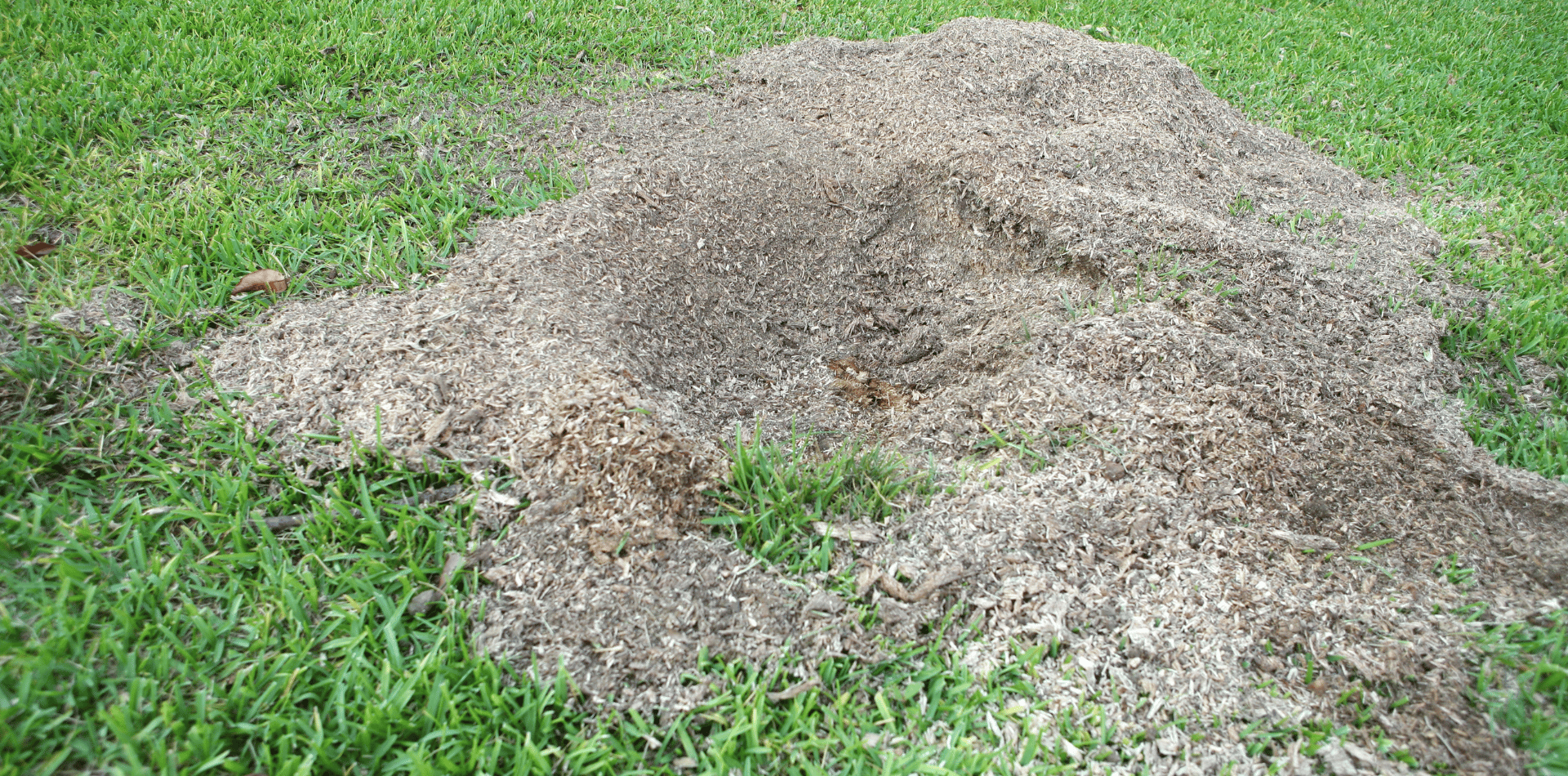
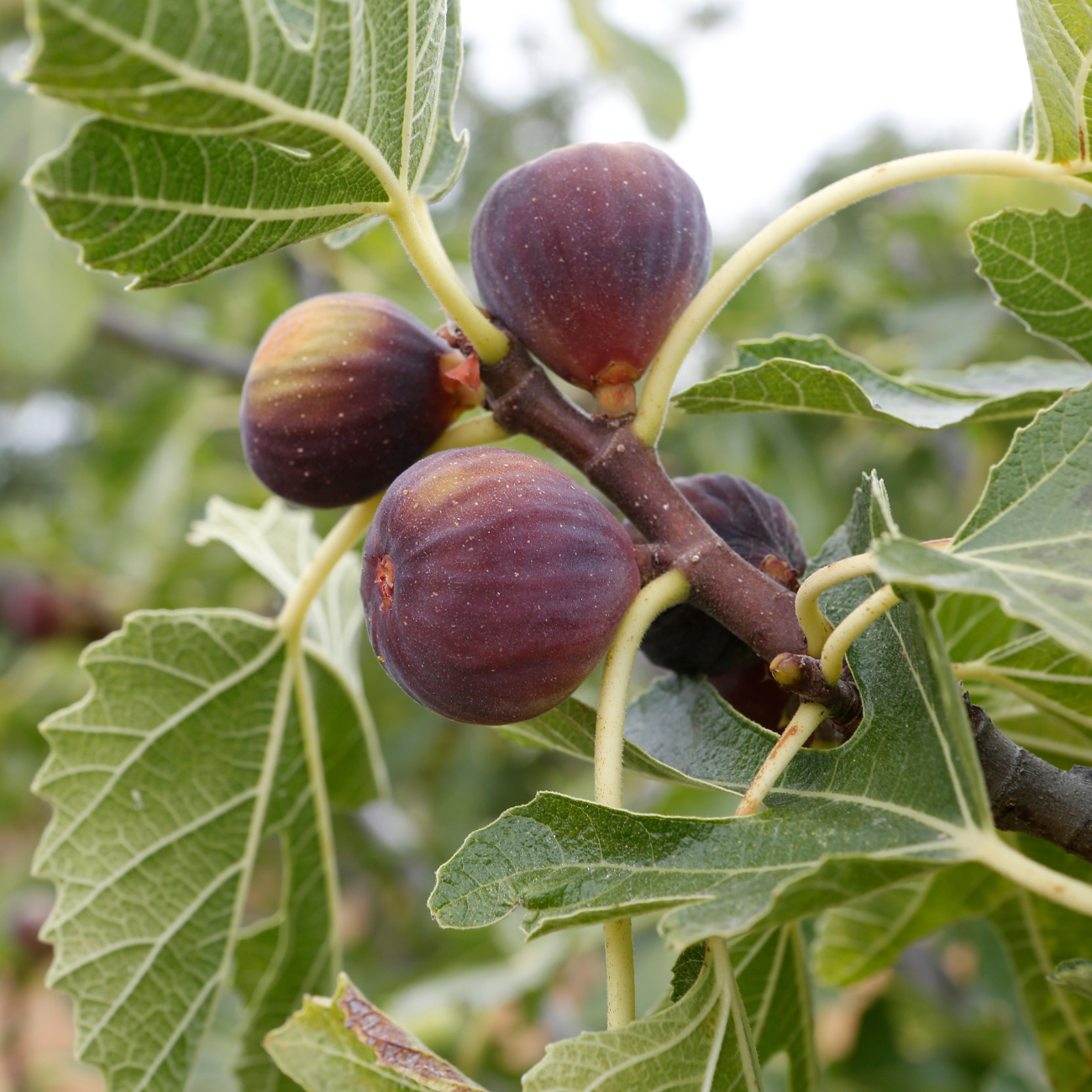

Contact
Kaptol Tree Removal Newcastle
A Member of the Kaptol Group
Powered by Kaptol Media

